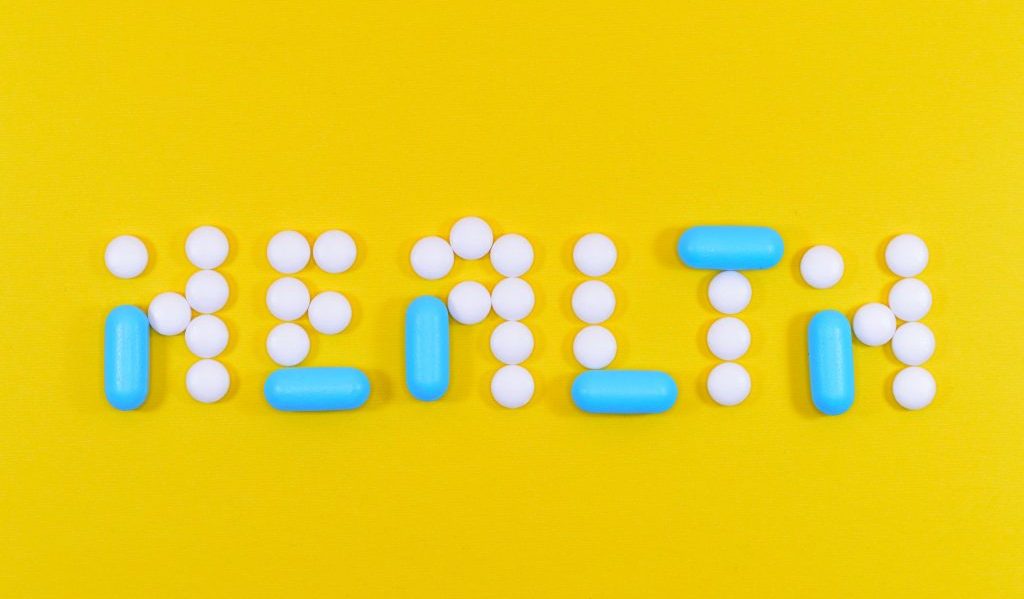The philosophy of surgery for lung nodules is now generally “minimally invasive thoracoscopy plus rapid recovery”, i.e. minimally invasive surgery with a few small cuts in the chest plus rapid post-operative movement out of bed to facilitate early recovery. For the patient, its experience is significantly better than that of traditional open surgery.
Lung nodule surgeries, including wedge resection, segmentectomy, and lobectomy, are generally minimally invasive and thoracoscopic. There are one or more incisions (small cuts), mostly 3-5 cm in size, and a chest tube will be placed.
Recovery after surgery
Patients can drink water, soup, and porridge several hours after surgery. The next day they can eat normally, gradually get out of bed and move around. The chest tube is usually removed in 3-5 days and the patient is usually discharged from the hospital in about 1 week.
Bed rest should be necessary after surgery, nutrition should be increased, and lung infections should be avoided. It is also important to take care of the wounds and to avoid contact with water to prevent infection.
Follow-up treatment after surgery
The pathology results are generally available within a month after surgery. The doctor will determine whether follow-up treatment is necessary based on the results of the pathology, the patient’s condition, and the doctor’s experience.
If there are any factors that can lead to a poor prognosis, post-operative treatment is usually advisable, but if not, you can live and work without worrying about it.
For stage IA lung cancer, post-operative treatment is generally not necessary, while for stage IB lung cancer, post-operative treatment is necessary in some cases. For stage II, stage III, and stage IV lung cancer, follow-up treatment should be given regardless of the condition.
The main methods of post-operative follow-up are chemotherapy treatment, targeted drug therapy, immunotherapy, and in specific cases, combined with radiotherapy.
For patients who need follow-up treatment, genetic testing is usually recommended first. If there are some targeted genetic mutations, targeted therapy is the preferred option, as well as chemotherapy. If there are no mutations, adjuvant chemotherapy is the only option.
Daily care after surgery
Lung function will gradually recover after surgery and one will be able to live, work and exercise exactly as before.
In daily life after surgery, it is advisable to adopt a healthy lifestyle, including
- No smoking;
- A balanced diet that is high in protein and low in fat, and a diet of green vegetables and fruit;
- A regular work and rest schedule to avoid overexertion;
- Wear appropriate clothing to avoid catching a cold and flu;
- Keep your emotions in check and be happy.
Finally, it is also important to have regular chest CT reviews to monitor the recovery in the years following surgery.
